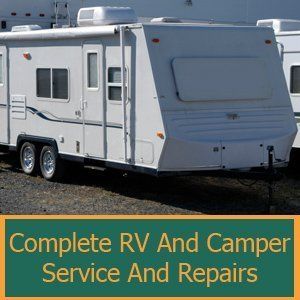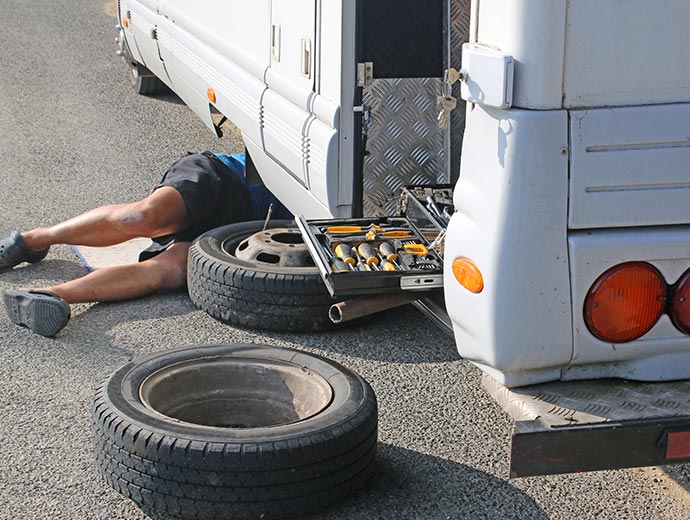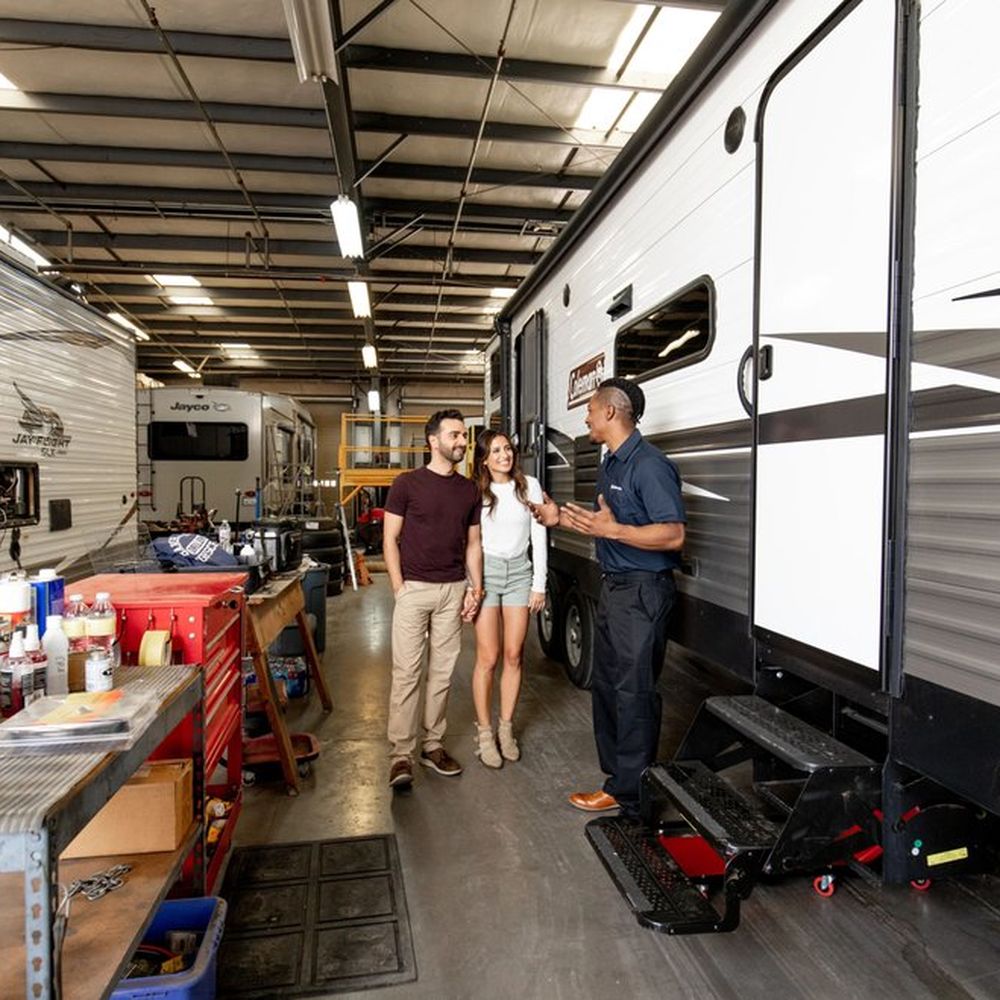All Categories
Featured
Table of Contents
- – Camper Trailer Repair Villa Park, CA
- – OCRV Center
- – Camper Service Near Me Villa Park, CA
- – Camper Awning Repair Villa Park, CA
- – Camper Repair Shop Villa Park, CA
- – Pop Up Camper Repair Villa Park, CA
- – Pop Up Camper Repair Villa Park, CA
- – Camper Service Near Me Villa Park, CA
- – Camper Trailer Service Near Me Villa Park, CA
- – Camper Repair Places Near Me Villa Park, CA
- – Pop Up Camper Repair Near Me Villa Park, CA
- – Camper Roof Repair Villa Park, CA
- – Camper Trailer Repair Villa Park, CA
- – OCRV Center
Camper Trailer Repair Villa Park, CA
It's really great to see that this framing here is still very solid. To make it a little bit simpler to obtain to this and additionally simply to obtain rid of this piece, I'm gon na cut this panel back a little bit extra.
I'm gon na cut down a little, and a bit and a bit, primarily, I'm searching for the part where this gets solid once more just like when I did the floor, it was the very same concept of, just how much back do we have to take it to reach excellent things? So I'm gon na mess with that.
That additional cut, bringing this back, got me to where I found wood that's strong, so that's great. There's not a great deal of complex stuff going on here - Villa Park Pop Up Camper Repair.
So the lower line out of this is anything that looks hinky will come out of here and then come back and reconstruct this with brand-new framing things that'll allow this corner go back together well. Now, when you do this, if you use a multi-toll, whatever you make use of to make these cuts you wan na be actually cautious.
Camper Service Near Me Villa Park, CA
You're just gon na have to be really, very careful as you go with to make certain you don't go with. Go through the product, not go with the panel on the camper. I'm prepared to cut this and what I have actually done is utilized a square to mark that line.
To ensure that worked out really well and obtained that flush cut. It's ready to get a brand-new cross member in there and I'm gon na repeat that process and just, like I said, obtain all the old scrap out of below. The rebuild on the corner below is going actually well and second best about the lumber here.
Camper Awning Repair Villa Park, CA
You could alternatively simply purchase two by two. And, as I put everything together, as I've mentioned previously, one of the things I'm doing since I can not obtain to the outdoors to bring screws from the outside in to the end grain of this item, or right here, I couldn't obtain in in this manner, so instead it's the corner irons that are making this work to make sure that I can connect whatever with each other.
This portion of 2 by six lives right here and what it truly does, is on the outside, this is the lower end of the brace that holds up the front awning. So this item's purpose in life is to live right below and receive the screws on that support.
Screws I'm utilizing are simply standard inch and 5/8 wood screws and driving those with the fee chauffeur. The effect wrench, influence chauffeur, makes an actually large offer on that and it makes things go a lot faster. So, from below on out, it's rinse and repeat, any type of other place that are blocks similar to this, put those in.
Camper Repair Shop Villa Park, CA
With the repair services done on the within we're nearly to a point where we can get brand-new trim outside of the camper, however, prior to we can put new stuff on we got ta get old things off. There is a great deal of deposit right here that's leftover from the trim that got on there.
Obtaining old caulk off, especially RV caulk, is hard to do, but, I've got an approach for this making use of a multi-tool that makes this pretty simple, pretty straightforward. Initially off, allow's have a look at the multi-tool and what we require, that pointer, not a cutter, but what kind of suggestion we need in that multi-tool to function on this.
And I have found that a multi-tool is a really, truly great way to do this. You have actually seen me use the multi-tool in various other spots on the camper, reducing wood out, cutting nails. Now, in this situation, we don't wan na reduce with it we wan na press with it. This comes to be essentially a putty knife on steroids.
Pop Up Camper Repair Villa Park, CA
Assume of, if you could get a putty blade, if you did obtain a putty knife up versus that caulk and you were pressing versus it, however like a billions times a minute, that's what we're gon na do with this. For what we're doing, we don't desire a saw blade on below.
What I'm gon na do is begin by knocking the teeth off. I'm gon na make this slightly convex, and after that I'm gon na hone it simply a little, it doesn't have to be a knife side, however simply envision what the suggestion of a putty knife looks like. That's all we want this to appear like when we're done.

So currently we can go after that caulk. Currently that we have the right device for the work, we can start pursuing this caulk and component of the key to this is when you come in with a multi-tool, this is harder than the light weight aluminum. So don't can be found in at a real high angle.
And it's just gon na refer finding the ideal angle, finding the ideal angle, and after that cutting, slicing, cutting, till you get every one of that residue off of there like this. Well, there you go, you understand, and for me, there's lots more of this to do, so thankfully, give thanks to benefits it's as simple as it is with the multi-tool.
Pop Up Camper Repair Villa Park, CA
I simply obtained ta obtain back to it and obtained this entire edge to go. Our last action in cleansing up caulk deposit and other junk right here on the camper is to use a cable wheel and a drill.
Currently, once again, like I've discussed previously, prior to you do this, make certain that whatever area you're cleansing up can withstand the rigors of a wire wheel being run over it. It functions wonderful on this light weight aluminum skin. Would not be a terrific selection for any type of sort of a membrane, yet essentially we simply wan na scrub right here and it's gon na knock off this scrap that didn't come off from the previous step, similar to this.
Camper Service Near Me Villa Park, CA
Actually what we wan na do right here is ensure that if you're using this keep it relocating like that. Don't simply hover in one place 'cause we can obtain friction from this and we don't wan na burn the paint that's left on here. I have actually got ta an item of trim and it's all set, yet we're not actually mounting the trim at this point.

I'm gon na create the corner and after that take it back off and we got ta obtain right into a whole caulking action below. I'm gon na get this in location like that.
And this becomes part of the factor, component of the factor I'm doing this now is due to the fact that of this screwing up about, yet when there's butyl tape on right here and there's caulk on the molding and I don't wan na be doing this sort of playing around when that stuff gets on right here.
Camper Trailer Service Near Me Villa Park, CA
You wan na encourage this piece that it's gon na flex. It's made out of light weight aluminum. It's gon na make the bend, up until this piece below begins to fulfill the face of the camper there, and, something like that.
I think we have to do with all set to go - Villa Park Pop Up Camper Repair. Once again, what this does for me, is it's just gon na make the following action an entire great deal simpler to do and it's gon na, I'm not gon na be combating the trim and functioning with damp caulk and all that other things when we obtain to the next action.
Camper Repair Places Near Me Villa Park, CA
In the globe of preparation, up to this factor, you saw me put the bend in the trim. The various other thing I did in enhancement to the wire wheel and the putty knife, device thing, is I ran solvent, I ran denatured alcohol over the exterior of the skin right here simply to make sure any last bit of deposit was off of there.
So it's an affordable insurance coverage to clean every little thing down with denatured alcohol first. Currently, the putty tape is just what it sounds like, it's tape constructed of putty, significantly like plumbers putty, and the means we'll use this is to the camper. I have actually already come down this much.

If you do, often it extends out, and I wan na make sure that I maintain the complete body of this putty. I don't wan na take any type of possibility of extending it.
It's a lot like if you have actually used double-face tape for anything it's comparable in this respect. Currently with our trim, it's obtained a wide flange in this instructions and a narrow flange in this instructions. That's good to know due to the fact that currently I'm gon na boil down this wall, and I do not require much putty going by doing this due to the fact that the trim, the flange, the overlay, is narrow because instructions.
Pop Up Camper Repair Near Me Villa Park, CA
Which is so that we can do this. So this is cool since with this putty, it's adhering to the form and currently we're creating a corner here that's really gon na secure up where these two skins fulfill outside of the camper. And the other point I must mention is that one of things I did right here is I completed 4-Penny galvanized box nails, and I toenailed the skin right at the edge to the two-bys that were reconstructed into this corner to ensure that this things is already solid.
Otherwise, if I had not done that, when I was doing this work right currently, that aluminum would certainly be flopping around like crazy. Repeat this procedure, working your way, all the way down to the bottom of the camper.
Camper Roof Repair Villa Park, CA
I made the effort prior to I obtained this much to place caulk on the back face of this piece. As I seat this now it's going right into the putty and a bed of RV caulk that I currently put up there. Now, at this phase of the game, I'm simply gon na drive screws, but we're gon na talk regarding that in a little bit.
I'm gon na pierce a little predrill right there. Wan na make certain that they obtain driven much sufficient however not overdriven 'cause that will squash the result of that good washer.
Camper Trailer Repair Villa Park, CA
OCRV Center
Address: 23281 La Palma Ave Yorba Linda, CA 92887Phone: (714) 909-1444
Email: art@ocrvcenter.com
OCRV Center
When I drive this against the trim or any kind of various other component on the camper for that matter, we want that neoprene to seat and it is necessary to not underdrive it or overdrive it. And it is very important that we get this going in to make sure that the head of this is gon na wind up alongside the face of what we're touching.
Camping Repair Near Me Villa Park, CACamper Awning Repair Villa Park, CA
Pop Up Camper Roof Repair Villa Park, CA
Camper Service Center Villa Park, CA
Camper Awning Replacement Villa Park, CA
Rv Camper Ac Repair Villa Park, CA
Camper Roof Repair Villa Park, CA
Pop Up Camper Roof Replacement Villa Park, CA
Camper Repair Places Near Me Villa Park, CA
Camper Roof Repair Near Me Villa Park, CA
Camper Trailer Repair Villa Park, CA
Camper Repair Near Me Villa Park, CA
Camper Service And Repair Villa Park, CA
Camper Service Villa Park, CA
Camper Repair Near Me Villa Park, CA
Camper Repair And Service Villa Park, CA
Camper Service Near Me Villa Park, CA
Camper Awning Replacement Villa Park, CA
Camper Repair Villa Park, CA
Rv Camper Repair Villa Park, CA
Camper Roof Replacement Villa Park, CA
Camper Trailer Service Near Me Villa Park, CA
Camper Roof Replacement Villa Park, CA
Camper Air Conditioner Repair Near Me Villa Park, CA
Camper Repair Villa Park, CA
Camper Air Conditioner Repair Near Me Villa Park, CA
Camper Trailer Repair Near Me Villa Park, CA
Pop Up Camper Roof Replacement Villa Park, CA
Rv Camper Ac Repair Villa Park, CA
Pop Up Camper Canvas Repair Villa Park, CA
Camping Repair Near Me Villa Park, CA
Camper Repair Shop Villa Park, CA
Pop Up Camper Repair Near Me Villa Park, CA
Camper Repair Places Near Me Villa Park, CA
Camper Repair Villa Park, CA
Camper Awning Repair Villa Park, CA
Pop Up Camper Repair Villa Park, CA
Camper Repair Near Me Villa Park, CA
Pop Up Camper Roof Replacement Villa Park, CA
Camper Repair Shop Villa Park, CA
Camper Repair Shop Villa Park, CA
Rv Camper Repair Villa Park, CA
Rv Camper Repair Near Me Villa Park, CA
Camper Repair Near Me Villa Park, CA
Pop Up Camper Roof Repair Villa Park, CA
Rv Camper Repair Near Me Villa Park, CA
Camper Repair Places Near Me Villa Park, CA
Camper Trailer Repair Near Me Villa Park, CA
Camper Service Villa Park, CA
Camper Roof Replacement Villa Park, CA
Camper Service And Repair Villa Park, CA
Camper Repair Villa Park, CA
Camping Repair Near Me Villa Park, CA
Camper Repair Shops Near Me Villa Park, CA
Camper Service Center Villa Park, CA
Camper Repair Near Me Villa Park, CA
Rv Camper Ac Repair Villa Park, CA
Camper Roof Repair Near Me Villa Park, CA
Camper Awning Replacement Villa Park, CA
Camping Repair Near Me Villa Park, CA
Pop Up Camper Repair Near Me Villa Park, CA
Camper Repair And Service Villa Park, CA
Pop Up Camper Roof Repair Villa Park, CA
Pop Up Camper Canvas Repair Villa Park, CA
Camper Service And Repair Villa Park, CA
Camper Awning Replacement Villa Park, CA
Rv Camper Repair Near Me Villa Park, CA
Camper Trailer Repair Near Me Villa Park, CA
Pop Up Camper Repair Near Me Villa Park, CA
Camper Repair And Service Villa Park, CA
Pop Up Camper Canvas Repair Villa Park, CA
Camper Awning Repair Villa Park, CA
Camper Awning Repair Villa Park, CA
Camper Trailer Service Near Me Villa Park, CA
Pop Up Camper Roof Replacement Villa Park, CA
Camper Service Near Me Villa Park, CA
Camper Repair Villa Park, CA
Camper Awning Replacement Villa Park, CA
Find A Good Seo Optimization Services Villa Park, CA
Find A Good Seo Optimization Services Villa Park, CA
OCRV Center
Table of Contents
- – Camper Trailer Repair Villa Park, CA
- – OCRV Center
- – Camper Service Near Me Villa Park, CA
- – Camper Awning Repair Villa Park, CA
- – Camper Repair Shop Villa Park, CA
- – Pop Up Camper Repair Villa Park, CA
- – Pop Up Camper Repair Villa Park, CA
- – Camper Service Near Me Villa Park, CA
- – Camper Trailer Service Near Me Villa Park, CA
- – Camper Repair Places Near Me Villa Park, CA
- – Pop Up Camper Repair Near Me Villa Park, CA
- – Camper Roof Repair Villa Park, CA
- – Camper Trailer Repair Villa Park, CA
- – OCRV Center
Latest Posts
Insurance For Seniors Laguna Niguel
Life Insurance Family Plan Laguna Niguel
Employee Benefits Services Fountain Valley
More
Latest Posts
Insurance For Seniors Laguna Niguel
Life Insurance Family Plan Laguna Niguel
Employee Benefits Services Fountain Valley